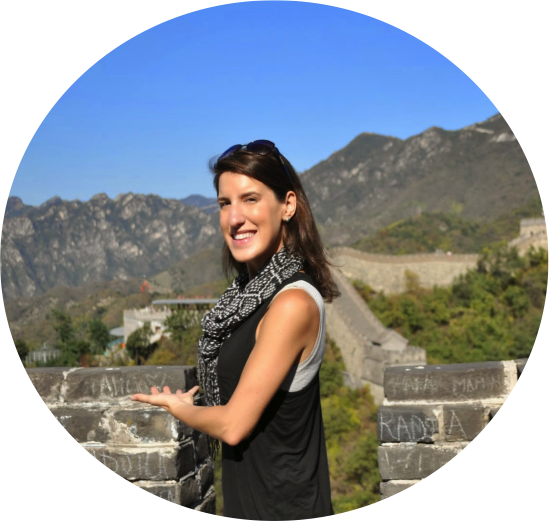Friends on the bus
We embarked on our journey to the Sacred Valley in a small bus mostly full of Peruvians save another American, a couple from South Africa, and a few folks from France. We sat right behind the American girl who is originally from Iran but has lived in the US since she was 12. She was young - maybe 20 -and had graduated college early and was about to start medical school this summer. She was in Peru with a medical volunteer program in Cusco for about a month where she worked at a local clinic. She said the most common ailments in the area were water-borne parasites like tapeworm (especially in children) and, sadly, injuries from domestic violence, which is apparently common and largely ignored. She was recently engaged and picked out a ring for her fiance at the sliver shop we visited en route! She told us that Peru was very similar to Iran - both in terms of its landscape and people. She said that while people in Iran are more conservative, they are very friendly and willing to help visitors, like the Peruvians. She also drew similarities between the significant religious presence in each country - Catholicism in Peru and Islam in Iran. It was very interesting to hear the perspective of a young dual citizen of the USA and Iran.
Bus Music: Oxygen Radio
The bus driver tuned into Radio Oxigeno (GREAT name for a radio station in the Andes) which played the most random mix of music of all time. Every time I travel to Latin America, the radio stations manage to find the most obscure tunes from the last 30 years and play them alongside classics, local hits and global pop songs. Puerto Rico is particularly excels in this area. At one point Radio Oxigeno played Take That's Back For Good right after a pan flute song from a Peruvian band Alborada call Relampago Caballo, or Lightning Horse in English. If you watch the music video, fast forward to 1:30 but be careful - Relampago Caballo is a catchy tune. Chris and I find ourselves singing Re-lam-pa-go Ca-ba-llo - la-la-la-la-la-la-la all the time.
Sacred Valley Stops: Pisac & Ollantaytambo
Our first stop was Pisac, one of the most important Inca cities. In Pisac, we saw familiar Inca design - terraced hills, Inca crosses and stone structures. The landscape was stunning!



 RSS Feed
RSS Feed
